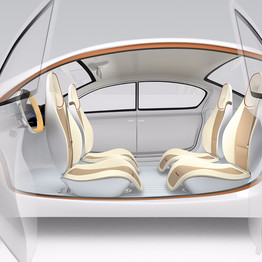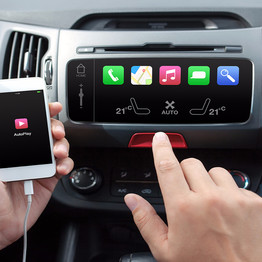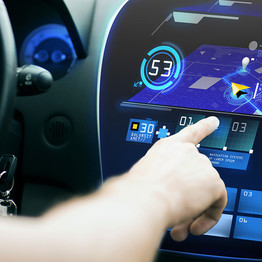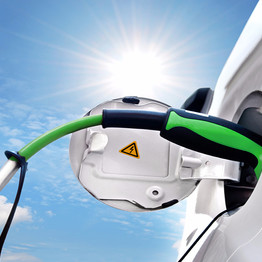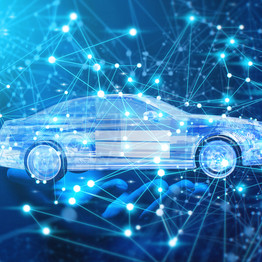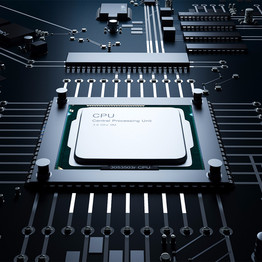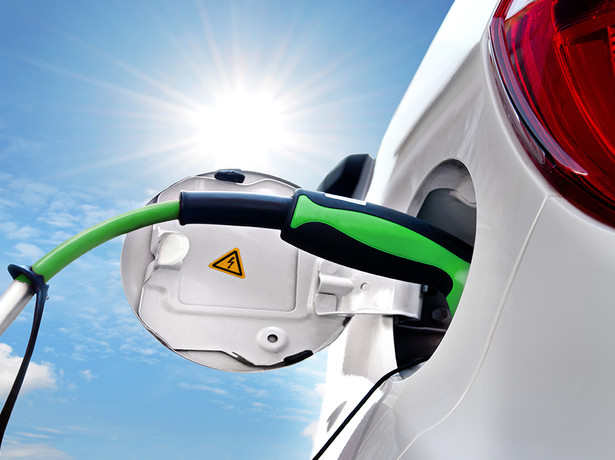Mobility in the future will be sustainable and emission-free. Even though it is going to take time to achieve this, the trend has been irreversibly initiated. For a long time the energy content of battery cells was too little to target a driving range in a purely electric vehicle that was acceptable to the customer.
The big advances in the area of lithium ion battery cells in recent years now permit vehicle concepts for pure E-vehicles to arrive on the market that, with a 500 km driving range and even more in the future, can better fulfill the expectations of customers.
I myself have guided developments in battery cells with my experts since 2009, and we were able to see that, from year to year, energy content increased continually and the cost for cells also sank over the years. This, however, was not a trend of leaps, but it was and is a continuing movement in the right direction.
This will, in my opinion, also continue in coming years, so that by 2020 – 2025 we will see vehicles arriving on the market that will no longer be disadvantaged in total driving range as compared to combustion engines.
The overall interplay of all disciplines in the vehicle will be further optimized with every generation of new E vehicles. And there is still plenty of optimization potential here. Focusing purely on the theme of battery cells would be too short sighted here. The opportunities for optimization are found in all sectors.
Examples of optimization potentials:
- Further development of lithium-ion cells
- Use of new cells without liquid electrolyte (solid state technology)
- Concepts for cell modules
- Integrated concepts for car body and cell modules
- Concepts in cooling
- Packaging of components in the vehicle
- Optimization of performance electronics, charging units and DC/DC converters
- Use of new and the optimization of existing power semiconductors
- Optimization of high voltage wiring harness and electrical system components
- Shortening the charging time for DC rapid charging through higher voltages
- Intelligent operating strategies
- Converting mechanical into electrical energy
(e.g. also for spring-suspension systems in the vehicle chassis)
- Improvement in the User-Experience for the charging concepts
I personally consider the last point, relative to the acceptable user experience for the customer while charging, to be decisive with regard to how quickly the breakthrough will occur for the pure E. vehicle. The welcoming, optimal conditions that exist in Silicon Valley do not predominate throughout the world.
A customer charging infrastructure that is available everywhere and acceptable in regard to the user experience is now the decisive, key factor.
Some years ago it was still battery cells.
Challenges/ Experiences / Milestones
2009-et. seq.: Continual further development of battery cells with the most important cell suppliers (prismatic, pouch, 18650)
2011: Completion and connection to the "High voltage battery project center" competence center in Gaimersheim near Ingolstadt (see also Audi Projekthaus HV Batterie, Eröffnung Projekthaus HV Batterie)
Integrated cooperation of all experts in development, production, technology partners and suppliers in one building.
2011-et. seq.: Concept and development of all high voltage battery systems for HEV, PHEV und EV incl. the associated CMC (Cell-Module-Controller), BMS (Battery-Management-System), BJB (Battery-Junction-Box), charging electronics and DC/DC converter, as well as an HV-cable set and HV-electrical system components
2013: World premier A3 e-tron (PHEV)
2015: World premier Q7 e-tron (PHEV)
2015-et. seq.: Concept and development of a comprehensive system that offers charging for future electrical vehicles
2016: World’s 1st use of 48 V system in the new Audi S-Q7
